Have you ever wondered what we are leaving behind for future generations? At some point, archaeologists will be digging through out belongings and what do you think they’ll find? Will it be electronic devices or perhaps pictures of us? Will they laugh at what they find or will it fill them with wonder.
There is no doubt that the work of an archaeologist is amazing. Although they aren’t always finding something new 24/7, there are times when they uncover something amazing. That is what they found on this dig, and you will not believe the beauty.
Imagine what these archaeologists were thinking when they unearthed these mosaics. They had been digging in the Turkish soil and found these treasures that has been buried for over 2,000 years.
It surely was an incredible find but even more incredible is the conditions they were working under.
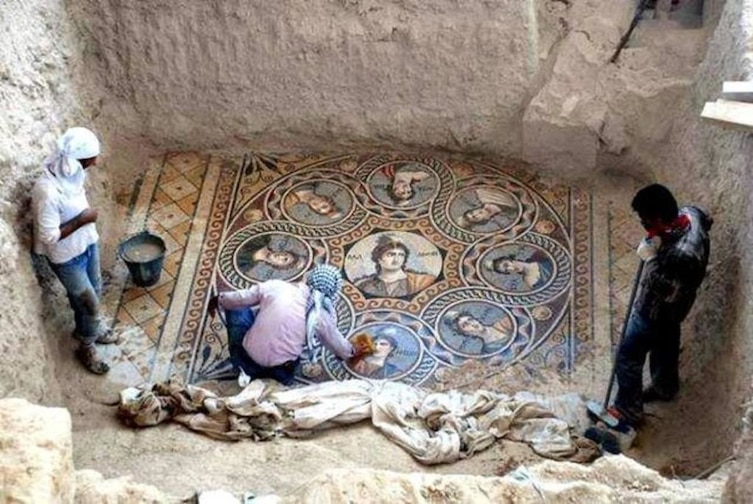
These were found in the ancient town of Zeugma, located in Turkey. The area was mostly under water.
When a dam was built on the Euphrates river, it flooded most of the area and submerged 1/4 of Zeugma under 200 feet of water.
The water was only rising 4 inches per day, so it gave these archaeologists time to dig.
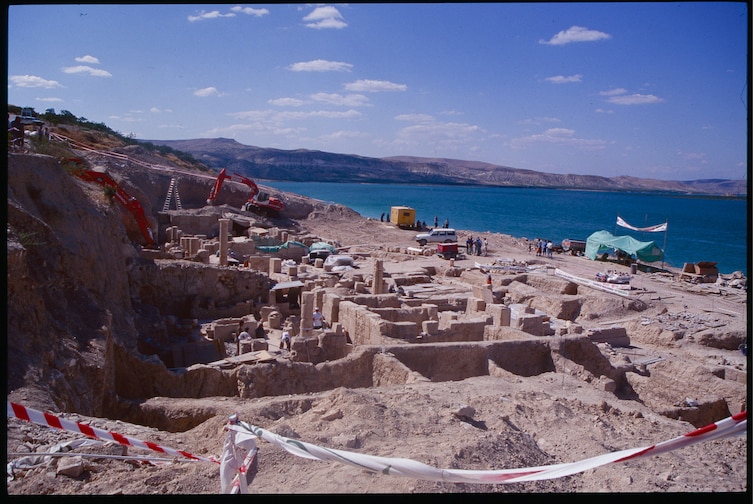
Knowing that it would be flooded gave them even more incentive to dig.
Among the finds was a mosaic depicting the 9 muses from Greek mythology. It gives a rare insight into life in that ancient civilization.
“They were a product of the patron’s imagination,” they told Archaeology.org. “It wasn’t like simply choosing from a catalog. They thought of specific scenes in order to make a specific impression.”
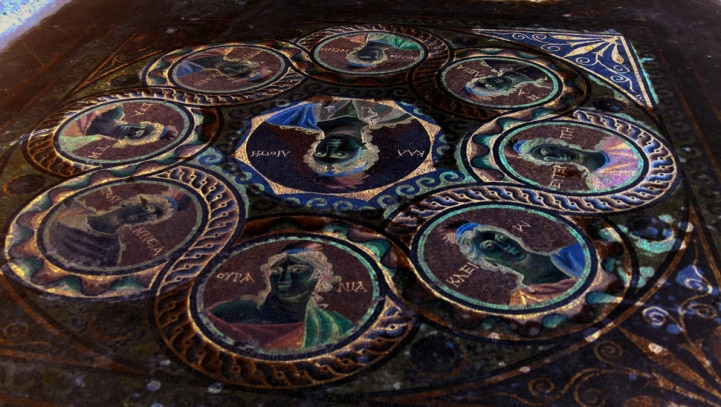
A homeowner with this type of mosaic would likely be literate and educated. The Muses were said to inspire the arts and literature.
Zeugma features many different mosaics because it is unique in history.
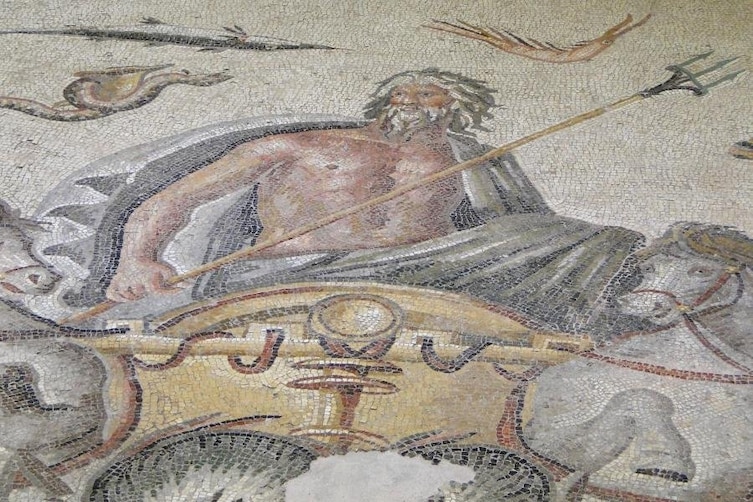
The location in southern Turkey puts it on the border of 2 ancient empires
Zeugma was founded by one of the generals of Alexander the Great. It was on the border of the Persian Empire and was conquered by the Romans 300 years later. It was a popular location for tool roads and it because the convergence of many cultures.
“We don’t know of any other big cities in this area that changed from a Hellenistic city into a Roman garrison city in such an important geopolitical location, making it an ideal place to study the cultural changes between the two.”
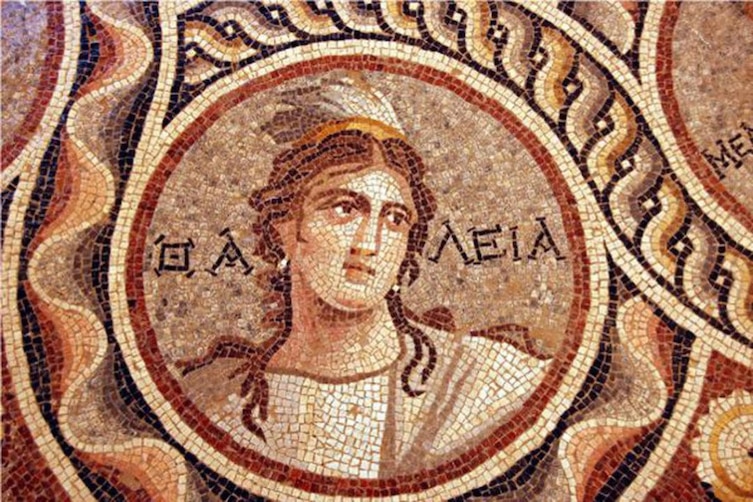
Most of the scenes in the mosaics were from Greek mythology. The image above is Thalia, the muse of comedy and idyllic poetry.
Tethys and Oceanus are personifications of the sea and other bodies of water
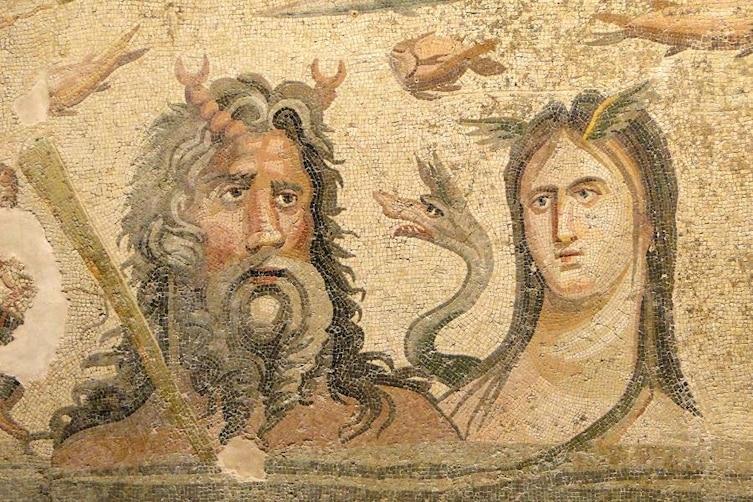
There was also some Roman influence in some of th mosaics, as was the case with this gypsy girl.
It is thought that as many as 80,000 people lived in the area but it started to decline along with the rest of the Roman empire.
It was overrun by the Persians and the town faded for some 1,700 years
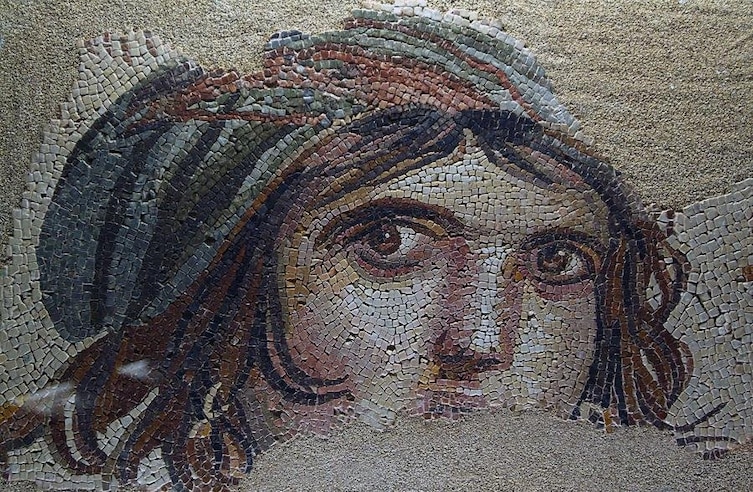
This archaeology team has their work cut out for them, despite the flooding.
“From now on, we will work on restoration and conservation,” they said. “We plan to establish a temporary roof for long-term protection. We estimate that the ancient city has 2,000-3,000 houses.”
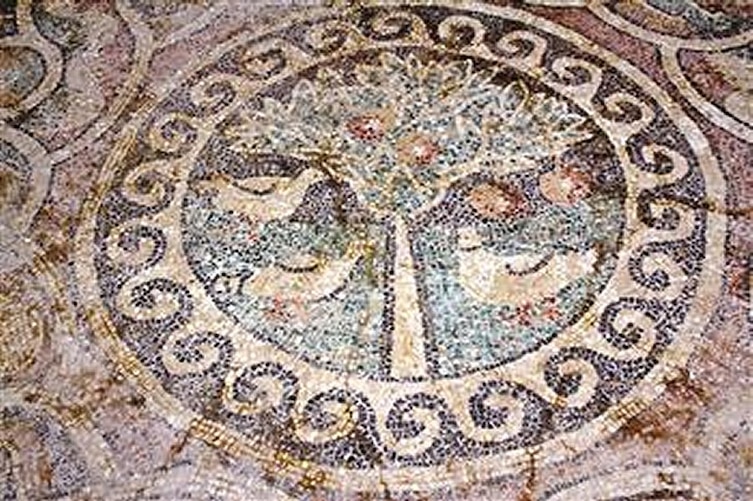
It is remarkable to think of what will lay hidden under the water. For now, they are looking into what the town still holds and there may be other discoveries on the horizon.
Via: Diply
Be sure to share this with your friends on Facebook
